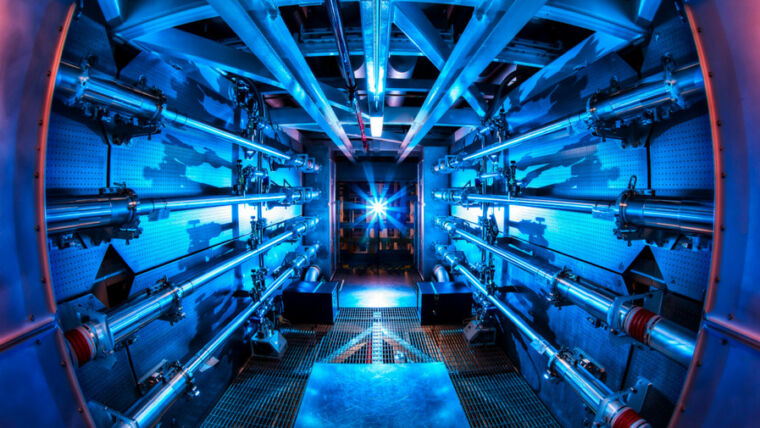There’s not much that I can add to this incredible announcement. As I have been reporting, burning coal for power in the USA is on its way to extinction. We’re well over a third of the way there just as renewables and conservation are filling the gap.
I’m so proud to be associated with this program from its inception and of the massive group of Sierra Club staff and volunteers that are making it happen day in and day out. We all owe them a tremendous debt of gratitude.
August 2014 will go down as our very best coal retirement month to date.
In the 31 days of August a whopping 6,377MWs of coal announced to retire. All of this was years in the making. And it did not happen by chance. It took years of relentless, fearless, and strategic advocacy by Sierra Club and friends.
All of this means millions of Americans will breathe cleaner air, more workers will land family-supporting jobs in the clean energy sector, and our planet has a fighting chance to slow and stem runaway global warming. It means less coal mining which in turn means less mountains decimated in Appalachia, less farms and woodlands bulldozed in Illinois, and less coal trains dumping tons of coal dust in waterways across this country every year. For the frontline communities – human and none – this progress could not come soon enough.
Awesome work team.
Harding Street Unit 7: After a two-year long organizing push by Sierra Club and allies, IPL announced that it will cease burning coal at Harding Street remaining boiler (Unit 7: 471 MW). This is the 177th full coal plant and 500th coal unit announced for retirement in the Beyond Coal Campaign.
Escanaba Units 1 and 2: In Michigan, Escanaba announced converting both coal-fired units to biomass (Unit 1: 12 MW, Unit 2: 12 MW).
Black Dog Units 3 and 4: Xcel announced both units at Black Dog in Minnesota for retirement (Unit 3: 114 MW, Unit 4: 180 MW).
Allen Steam Plant Units 1, 2, and 3: TVA Board of Directors voted unanimously to retire all three coal-fired units of the Allen coal plant (Unit 1: 330 MW, Unit 2: 330 MW, Unit 3: 330 MW) in Memphis. This decision flows from our 2011 settlement requiring them to clean up or shutdown these units, and awesome advocacy by our Team TN.
San Juan Units 2 and 3: After many years of advocacy to push/support EPA to crack down on haze pollution across the West, San Juan’s co-owners have agreed to close two of San Juan’s four generating units and place NOx controls on the remaining ones (Unit 2: 369 MW, Unit 3: 555 MW).
Gorgas Units 6 and 7: Flowing from our decade long effort to get EPA to issue rules cutting mercury from coal plants, Alabama Power announced that they will retire units 6 and 7 at the Gorgas facility ahead of the MATS 2015 compliance date (Unit 6: 125 MW, Unit 7: 125 MW).
Greene County Units 1 and 2, Jack Watson Units 4 and 5: Sierra Club and Mississippi Power settled the 6-year battle on the Kemper County coal plant/Carbon Capture and Sequestration project. The agreement brings $15 million in energy efficiency and clean energy investments to the state, sets the stage for homeowners to install solar power and requires power plants in Gulfport, Mississippi and Greene County, Alabama to stop burning coal over the next 20 months. Phasing out coal at Jack Watson in Mississippi (Unit 4: 299 MW, Unit 5: 578 MW and Greene County power plant in Alabama (Unit 1: 299 MW, Unit 2: 269 MW) will reduce air and water pollution and make significant improvements to air quality in the region.
Joliet 29 Units 7 and 8, Joliet 9 Unit 6, Will County Unit 3: On NRG’s earnings call in August 2014, the company announced a huge swath of coal retirements: cease burning coal at Unit 3 of the Will County (Unit 3: 299 MW) plant in Romeoville, cease burning coal at its Joliet 29 (Unit 7: 660 MW, Unit 8: 660 MW) and Joliet 9 (Unit 6: 360 MW). None of this would have happened w/out Team IL and our allies across the Greater Chicago area.



